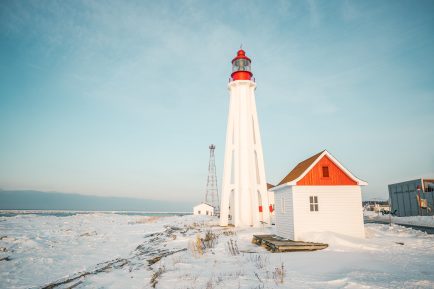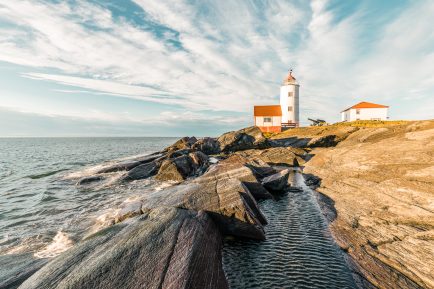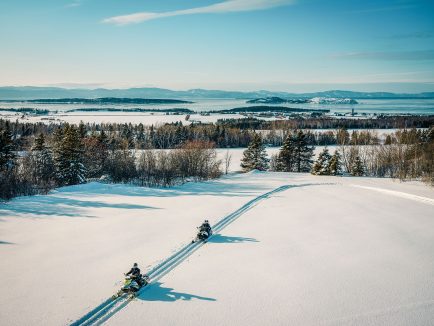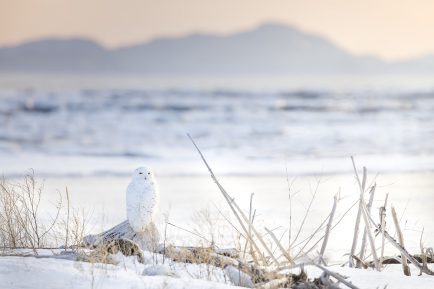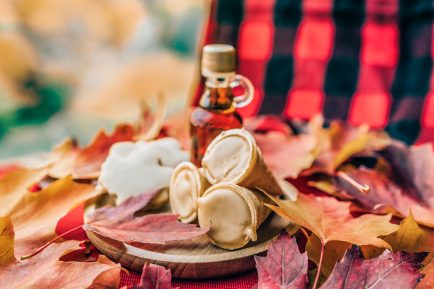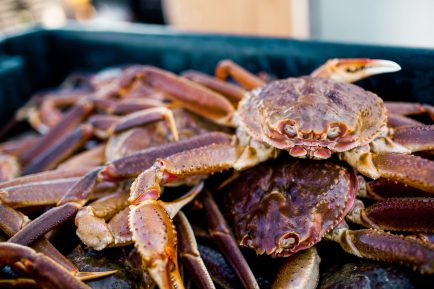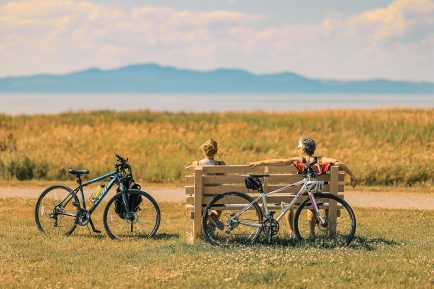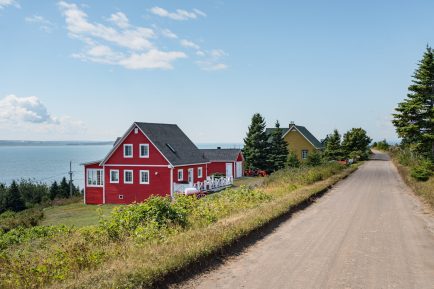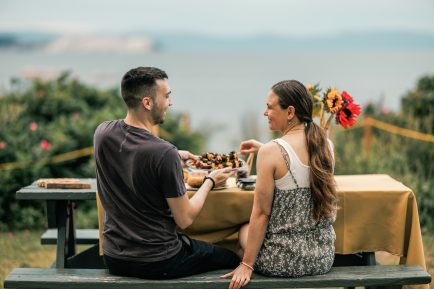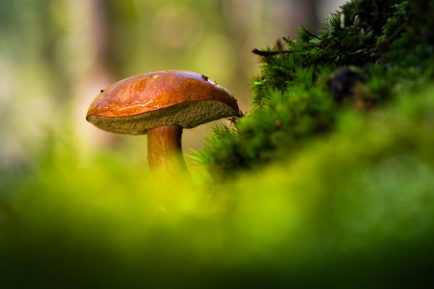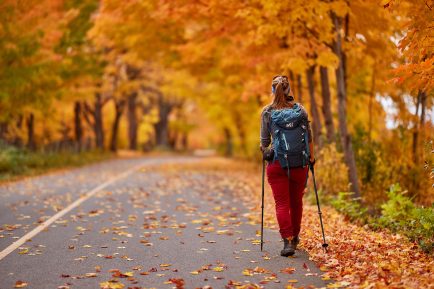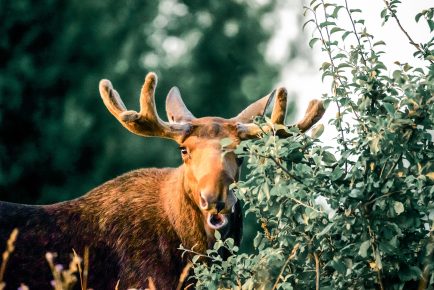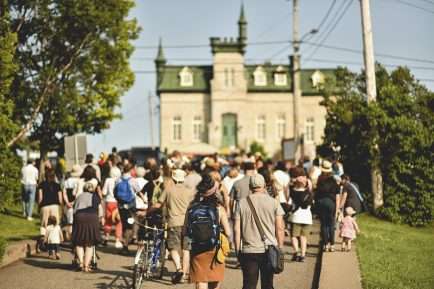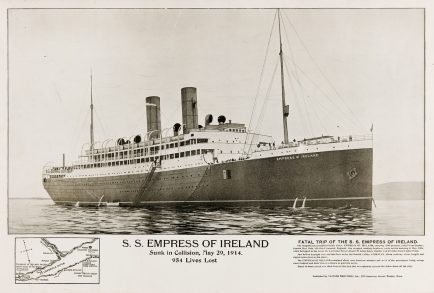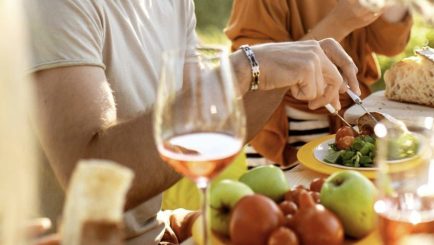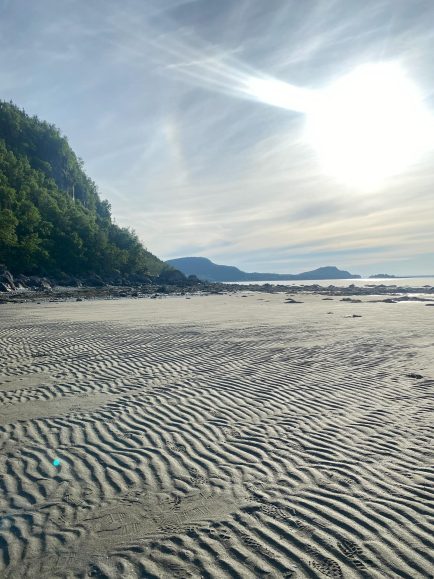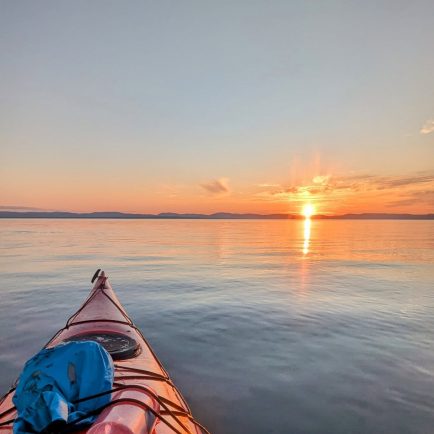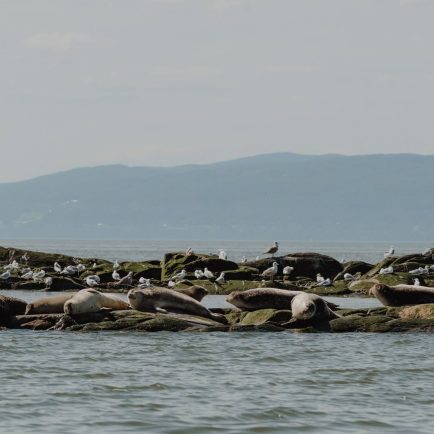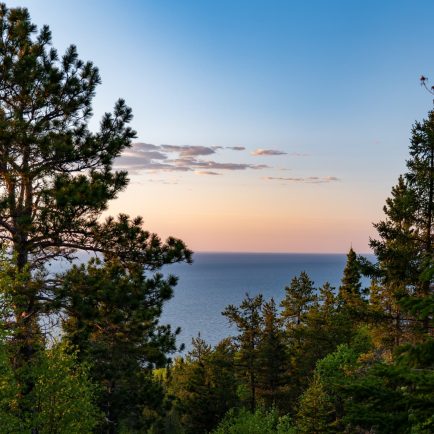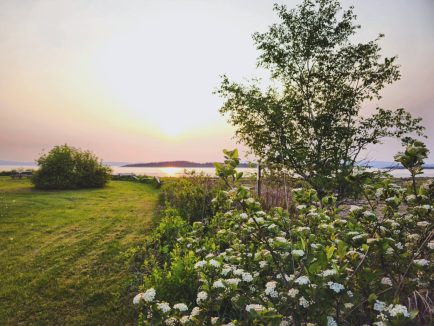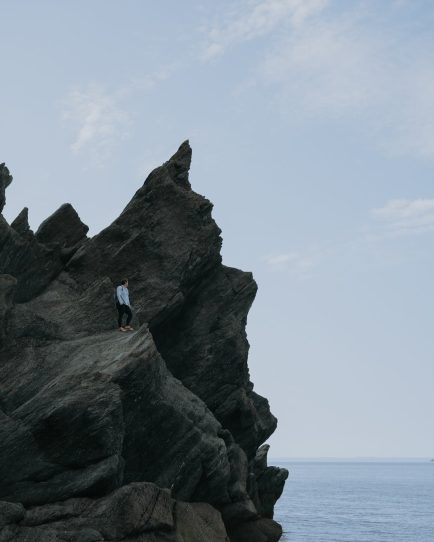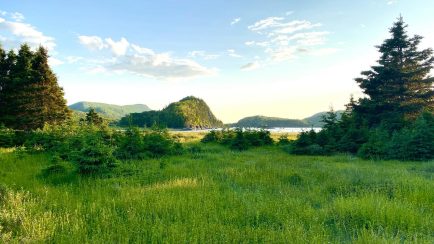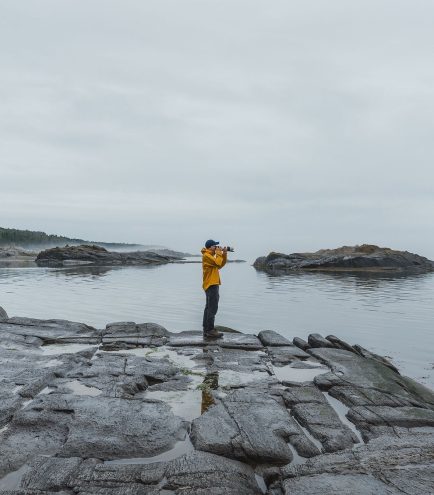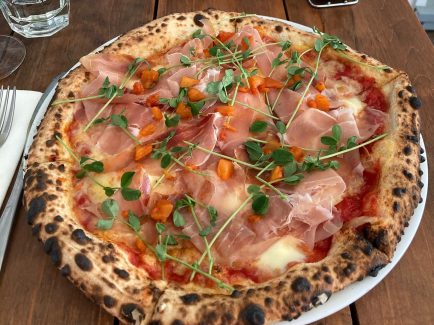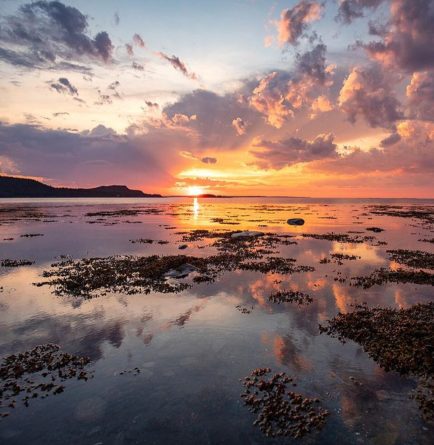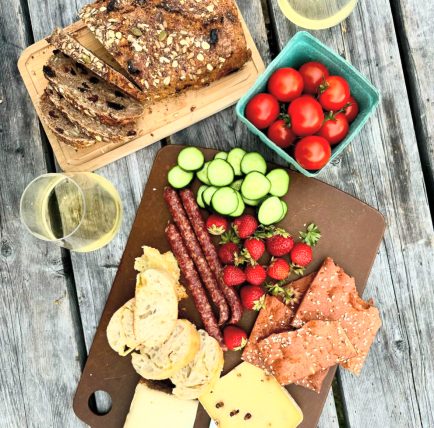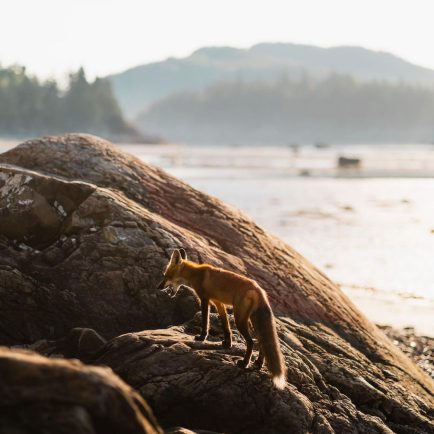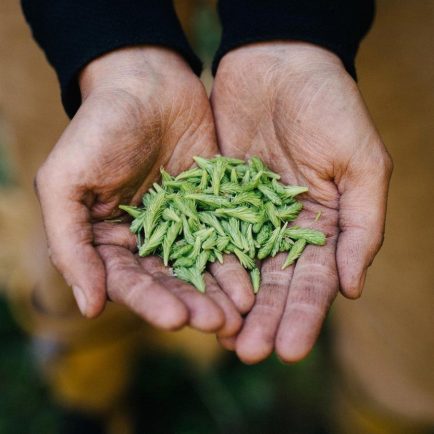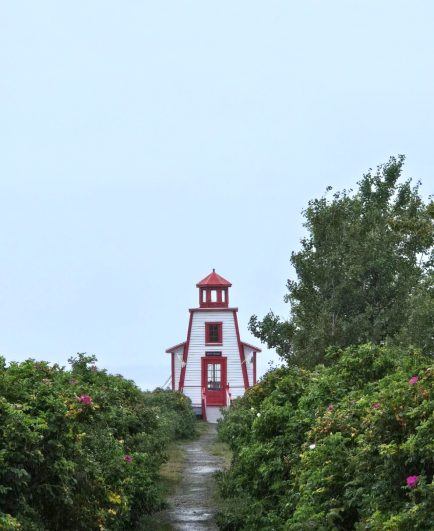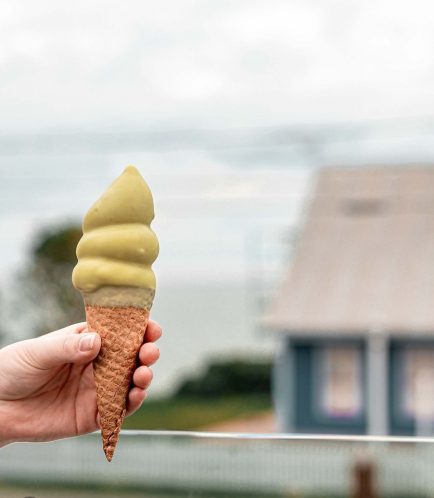My Favorites
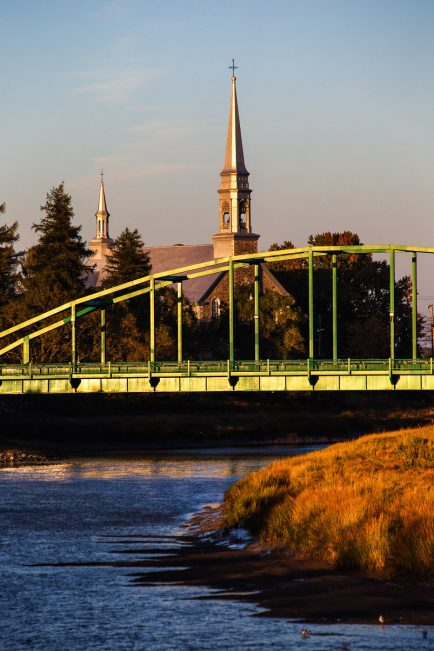
Kamouraska's founding families
Are you a Gutierrez, N’Guyen, Newashish or Le Coz like me? Perhaps you’re wondering what “famille-souche” means. The term evokes the presence of roots. But what about the branches? Is the tree still standing? On the other hand, the term may well resonate with you if your name is Tremblay, Bérubé or Girard.
A friend from the Saguenay, Jeff Ouellet, once told me that his family was originally from the Bas-Saint-Laurent region. Where does he get this knowledge that has broken the time barrier? Did one of his “mononcles” spend hours in the dusty grimoires of a genealogy society to re-establish this family memory? For, indeed, the first Ouellets came from La Grande-Anse in La Pocatière.
La Pocatière
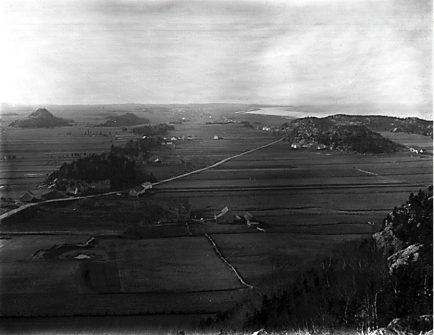
René Hoûallet, born in Vierzon, France, sailed for New France around 1660 at the age of 16. He spent some time on the Île d’Orléans, married for the first time to Anne Rivet, who died in 1675, then settled in the seigneury of La Pocatière, where he married a widow, Thérèse Mignault. He farmed, fished, sponsored a few young Maliseet and doubtless fathered a string of children.
Today, he is the ancestor of 34,000 Ouellets (or Ouellettes) on this continent, including La Poune (Rose Ouellette). And my friend Jeff, of course! Now it’s clear: one of the definitions of “famille-souche” applies to the first Europeans to land in New France, whose family name is still very much alive today.
Rivière-Ouelle
What’s the connection with Kamouraska, you may ask? Take a stroll through the pretty Rivière-Ouelle cemetery and you’ll understand.
Under the tall trees of a Memorial, you’ll find graves and commemorative plaques bearing the effigies of settlers who arrived from France and whose names will be familiar to you, whether you live anywhere in Quebec: Pelletier, Dubé, Gagnon, Lévesque, Lizotte, Miville-Deschênes, Lebel, Boucher, etc.
A little further east, on Route 132, the Berceau du Kamouraska 1 site pays tribute to other families who settled here as early as 1674: the Hudons, Martins, Michauds and others.
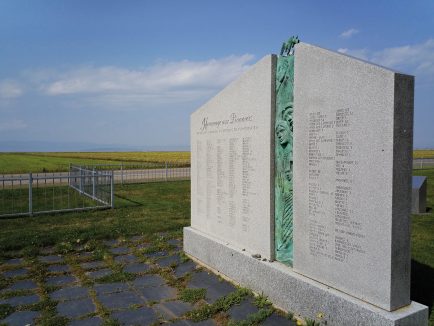
Coste des beaux prés
At the turn of the 1670s, some fifty families, initially based in Québec or Château-Richer on the “Coste des beaux prés”, began clearing plots of land rich in kelp in Kamouraska.
They cleared so much land that trees are now rare! A stroll to the top of Côte des Chats in Saint-Pacôme and a glance down to the river are stark reminders of this. As far as the eye can see, the colorful fields form a checkerboard pattern barely punctuated by monadnocks, small hills of hard rock jutting out at an angle into the river.
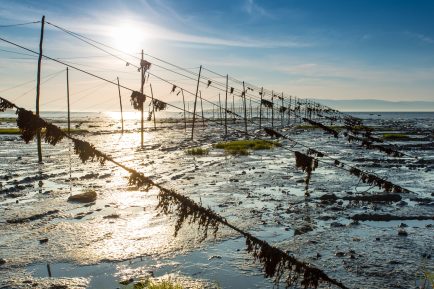
What’s fascinating about this interest in family heritage is that it plunges us into real history, the history of little people who worked in trades, of girls and boys who ogled each other from one end of the row to the other.
It’s the story of a tangle of life stories woven so tightly together that they bring out the particularities of each family, of certain experiences, of a singular way of life.
The Hudons are porpoise and eel fishermen. The Pelletiers have long had a relationship with the water, notably as schooner captains in the 19th century.
Jeanne Chevalier married three times: widowed by her first husband, she married a Lévesque, then a Deschamps, both of whom traveled on the same boat as her in 1671 from Dieppe!
The first Grondin, born in the same village as Samuel de Champlain in Charente-Maritime, settled in La Pocatière, just west of the present-day sanctuary of Fatima; the 1681 census mentions that he owned a rifle, three horned cattle and an acre of land.
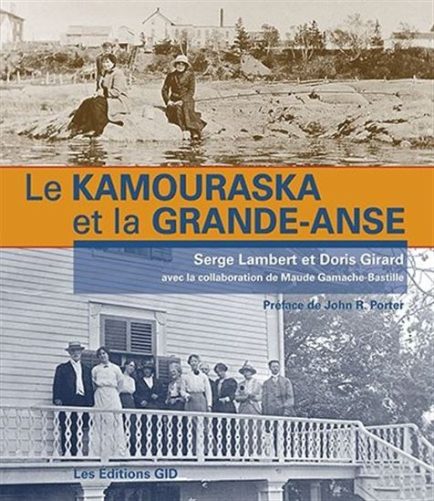
Kamouraska and the Grande-Anse
If this exploration of Kamouraska’s pioneer families sparks your curiosity, know that a book documents them, and that a circuit of eleven digital stations tells the story, right in the middle of the territory where they lived 2.
And in La Pocatière, a regional archive offers researchers a wealth of information to discover 3.
As you explore the authentic, charming villages along the river, you’ll be treading on the soil of one of the cradles of French America.
Références :
1 Site Berceau du Kamouraska (french only)
[https://leplacoteux.com/lieu-de-memoire-le-berceau-de-kamouraska]
2 Le Kamouraska et la Grande-Anse, Serge Lambert et Doris Girard avec la collaboration de Maude Gamache-Bastille, collection Passeurs de mémoire publié aux Éditions GID.
Circuit Marqueurs Familles (in french only)
[https://filrougeinc.com/nos-projets/le-marqueur-famille]
3 Archives de la Côte-du-Sud
[https://www.archivescotedusud.ca]
[https://www.facebook.com/shcds]
Did you like this article?
You might also be interested in these
@BasSaintLaurent
Include the #BasSaintLaurent hashtag on your posts or tag us when you share your favourite photos and highlights of your trip!

